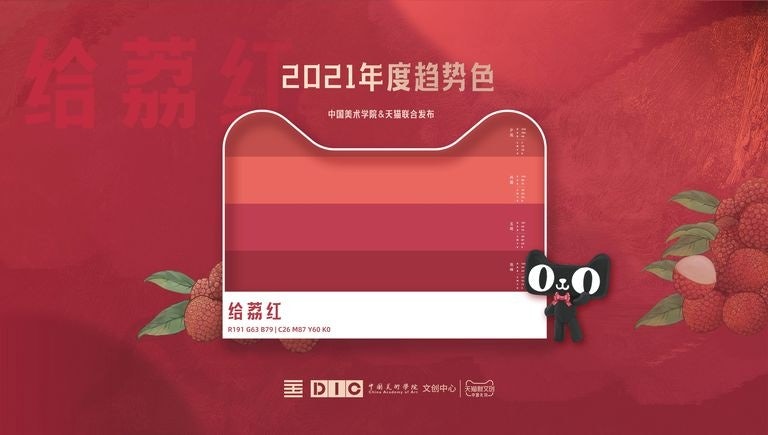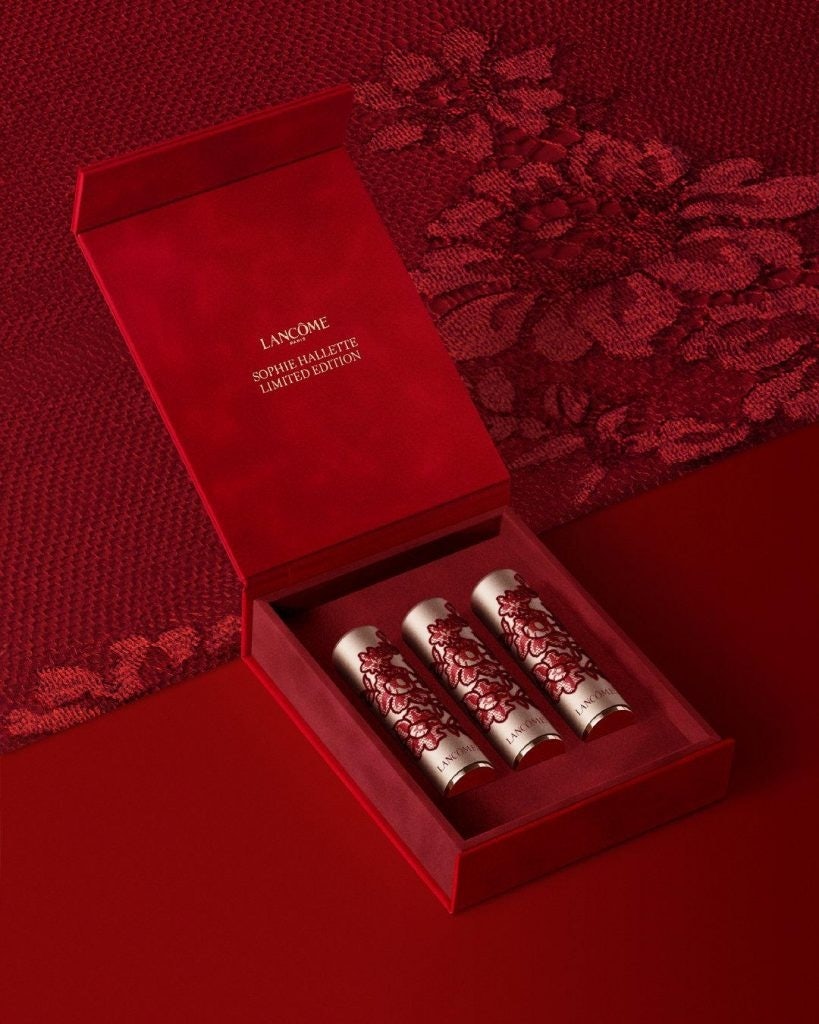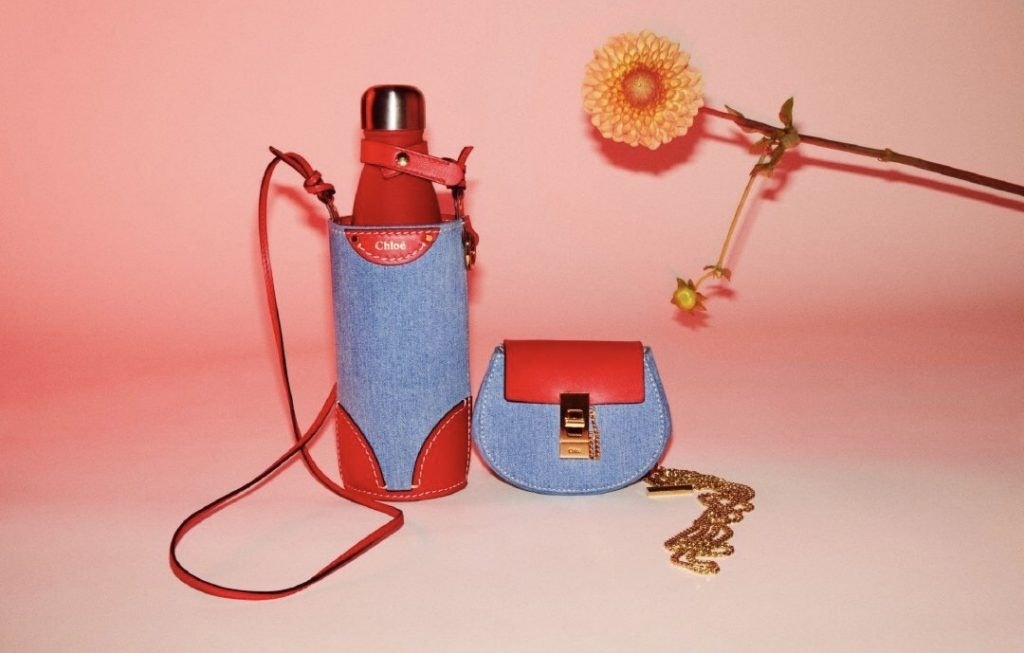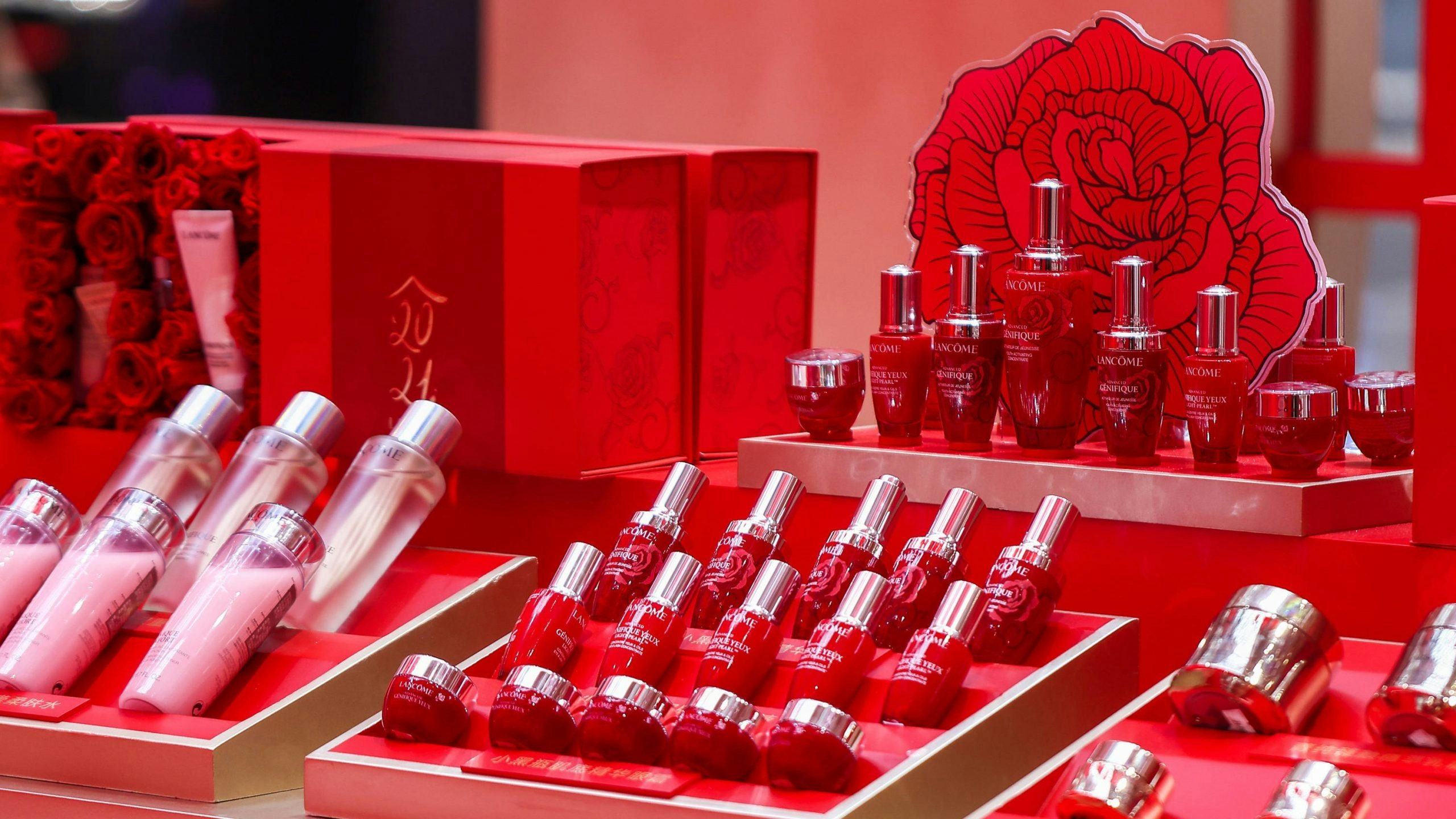Key Takeaways:#
Luxury and fashion brands need to stop oversimplifying Chinese consumers’ preferences for "China red" and embrace more subtle shades of the color.
Brands can create excitement by incorporating red into unexpected materials and finishes.
Brands need to use reds that fit their aesthetic heritage to appear authentic to the Chinese fashion audiences.
Every January, sarcastic reviews of Western luxury brand CNY capsule launches are central in netizen conversations. The main topic has become fashion’s cultural appropriation problem of using Chinese elements incorrectly, particularly the emblematic color of both the CNY tradition and Chinese cultural identities: red.
Luxury brands have a long history of using red in “tribute” collections that court Chinese consumers. But, alas, many of them were simply superficial and flattened displays of Orientalism. As China’s young, culturally-sensitive consumers loom larger in the luxury market, the common assumptions fashion brands are making about the “Chinese red” might require a rethink.
Go beyond the “China Red” stereotype#
Xiaojing Huang, a design trend expert and the chief editor of China Design Trends Report, told Jing Daily that one of the biggest misconceptions brands make about Chinese consumers is that they only want the bright, fiery shade of red that’s often labeled “China Red.”
Referred to as vermillion in color terminology, “China red” carries a classic feeling of Chinese culture and frequently appears in traditional Chinese festivals, decors, and folk art. Vermillion is also the primary color in most Chinese restaurants overseas (particularly in the West), so it conjures up a Western stereotype of typical Chinese aesthetics.

But vermillion’s popularity in everyday, grassroots China doesn’t make it suitable for a luxurious look. “Because the color is highly saturated, it can easily feel uncouth to consumers and cause aesthetic fatigue,” said Huang.
Instead, she suggests that brands should look at warmer color schemes as a more sophisticated alternative. “Brands can use gold, red copper, or terra cotta, as these colors give a traditional texture,” Huang added. “For colors that are typically associated with traditional Chinese aesthetics such as ink red, vermillion, and date red (purplish-red), they can use it subtly in small areas.”
In fact, Alibaba’s Tmall, in collaboration with the China Academy of Art, nominated four warm shades of “lychee red” as its theme color of 2021. According to Tmall’s analytics, sales of red-colored products grew almost 1000 percent during the pre-CNY period, with categories like trainers, mobile phone cases, and pet clothes seeing particularly strong year-on-year increases.

To help brands better capture the Red opportunity, Tmall started the color research project and predicted “lychee red” as the guiding color scheme for trending products in 2021. “The lychee red represents hope,” said Song Jianming, the author of Tmall’s research guide and the director of the Color Research Institute in the China Academy of Art. “It is the optimistic vision of the Chinese people after going through such a difficult year.”
Apart from looking beyond one stereotypical shade of “China” red for inspiration, brands can also benefit from stretching their ideas beyond color. “In product design, color, material, and finish (together called CMF) are increasingly inseparable,” Huang said. “Often, when we may be talking about color, what we are really referring to is material and texture.”
Combining a shade of red with premium tactile materials may be the secret recipe for unexpected — but ultimately chic — results. For example, Lancôme launched a limited-edition CNY lipstick in early January that combines deep, wine red with suede and lace (materials that exalt red’s sexuality rather than cheapen it). And one of the most praised capsules in luxury’s CNY season, Chloé’s 2021 Fredy water bag, mixes lychee red leather with denim to create a youthful appeal.


Choose a heritage-consistent red#
Beyond the product design, another issue brands need to tackle is making sure their narratives fit with a CNY red. Yueshu Jian, the founder of the creative agency Le Bureau and director of the publication Ying Xiang, said that most CNY collections feel like “an urge to please the Chinese market by bending a brand’s creative standards” because they are inconsistent with their archives.
“A modern and elegant way to do it right is to decide one key element, such as the color red, and then make it go along with the brand’s design heritage,” Jian said. “The biggest minefield is when the Western creatives employ cultural elements that they don’t fully understand.”
Maisons that have an aesthetic heritage involving the color red will have a natural advantage in this case. Yueshu Jian cited the work of Valentino Garavani, who made Rosso Valentino (the Valentino red) a big part of the brand’s identity ever since its conception, as a positive example of using red through heritage.
This same spirit can also be found in Giorgio Armani, another designer who established his fame through a rich archive of red celebrity gowns. “The brand has gracefully incorporated red as a key color in its make-up line,” Jian added.
As China’s fashion audience grows more heritage-conscious and sophisticated, developing aesthetic knowledge about the region has become increasingly crucial for brands. Thoughtfully using red, a culturally significant Chinese color now requires brands to both innovate and cite history to appear cutting-edge and culturally sensitive at the same time.

